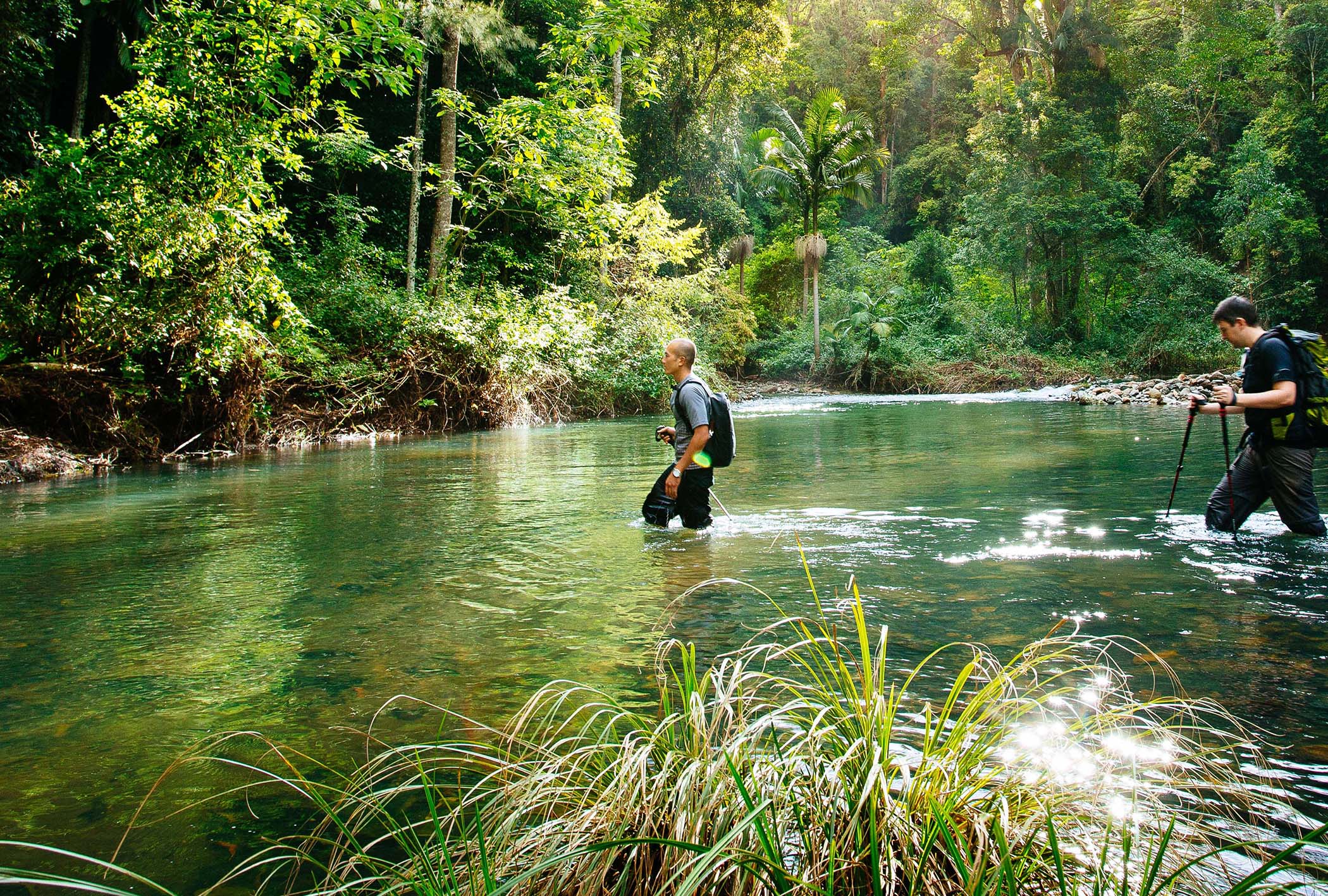
Horse Trail Riding
Queensland Trail Horse Riding Survey
An Overview of Results from the Queensland Trail Horse Riding Survey, 2018
Throughout November 2018, Queensland Trail Horse Riders were invited to complete a survey. The focus was on capturing trail horse rider:
- demographics,
- motivations,
- riding patterns,
- satisfaction with trail ride sites,
- club or association membership, and
- use of communication and technology.
A total of 539 responses were received from riders across the length of the state. This represented individuals from the Tweed ranges on the southern border through to those from the Tablelands of Far North Queensland; and from Roma and Cunnamulla to Longreach in the west.
Acknowledgements
This overview is based on data captured through a survey distributed by the Queensland Outdoor Recreation Federation (QORF/ Outdoors Queensland). The survey was developed by the Australian Trail Horse Riders Association (ATHRA) in association with QORF to capture a range of perspectives regarding horse trail riding needs, experiences, club engagements and participation.
Overview collated by Donna Little of Way To Be
Horse riding in Queensland’s parks and forests – a strategic framework
A Strategic Framework
- South East Queensland Horse Trail Network
- Code of conduct for horse riding through parks
- Monitoring and managing potential impacts
Horse riding is allowed within a national park when the activity is permitted by a regulatory notice under theNature Conservation Act 1992.
A horse riding strategic framework has been developed to guide the selection and subsequent management of horse riding trails through national parks, although it can also be applied to other Queensland Parks and Wildlife Service (QPWS) managed areas. The framework provides a consistent approach to identifying trails and infrastructure requirements as well as providing management objectives and strategies for dealing with issues such as environmental protection, visitor conflict on multi-use trails and minimising risks.
Research and Reports on the Impacts of Horse Trail Riding
Go to Monitoring and Managing Potential Impacts for more information on the Queensland Government’s commitment to protecting ecological values in national parks. A detailed monitoring plan, oversighted by independent scientists, will ensure that any harmful impacts are readily identified and addressed. The program’s scientific advisory committee has been appointed to review the monitoring program
Technical reports
- South East Queensland Horse Trail Network Interim Assessment: Bellthorpe National Park
South East Queensland Horse Trail Network Interim Assessment: D’Aguilar National Park - South East Queensland Horse Trail Network Interim Assessment: Mapleton National Park
- South East Queensland Horse Trail Network Interim Assessment: Springbrook and Nerang National Parks
- South East Queensland Horse Trail Network Interim Assessment: Tewantin National Park
- South East Queensland Horse Trail Network Interim Assessment: Woondum National Park
- Detecting stream health impacts of horse riding and 4WD vehicle water crossings in South East Queensland: an event based assessment
- Attitudes of local communities: Assessing the social impacts of the South East Queensland Horse Riding Trail Network
- Attitudes of local park visitors: Assessing the social impacts of the South East Queensland Horse Riding Trail Network
- Perceptions of stakeholder organisations: Assessing the social impacts of the South East Queensland Horse Riding Trail Network
Other research
The Use of Infra Red Sensors and digital cameras for documenting visitor use patterns
A case study from D’Aguilar National Park, South East Queensland, Australia
Written by Fairfax, R.J, Dowling, R. D, Neldner, V.J.
Queensland Herbarium, Biodiversity and Ecosystem Sciences,
Department of Science, Information Technology, Innovation and the Arts
A detailed scientific monitoring program to measure potential social and biophysical impacts from horse riding was introduced as part of the South East Queensland Horse Trail Network.
Written by R. Fairfax, J. Neldner, M. Ngugi, R. Dowling
Australasian Journal of Environmental Management
June 2012


